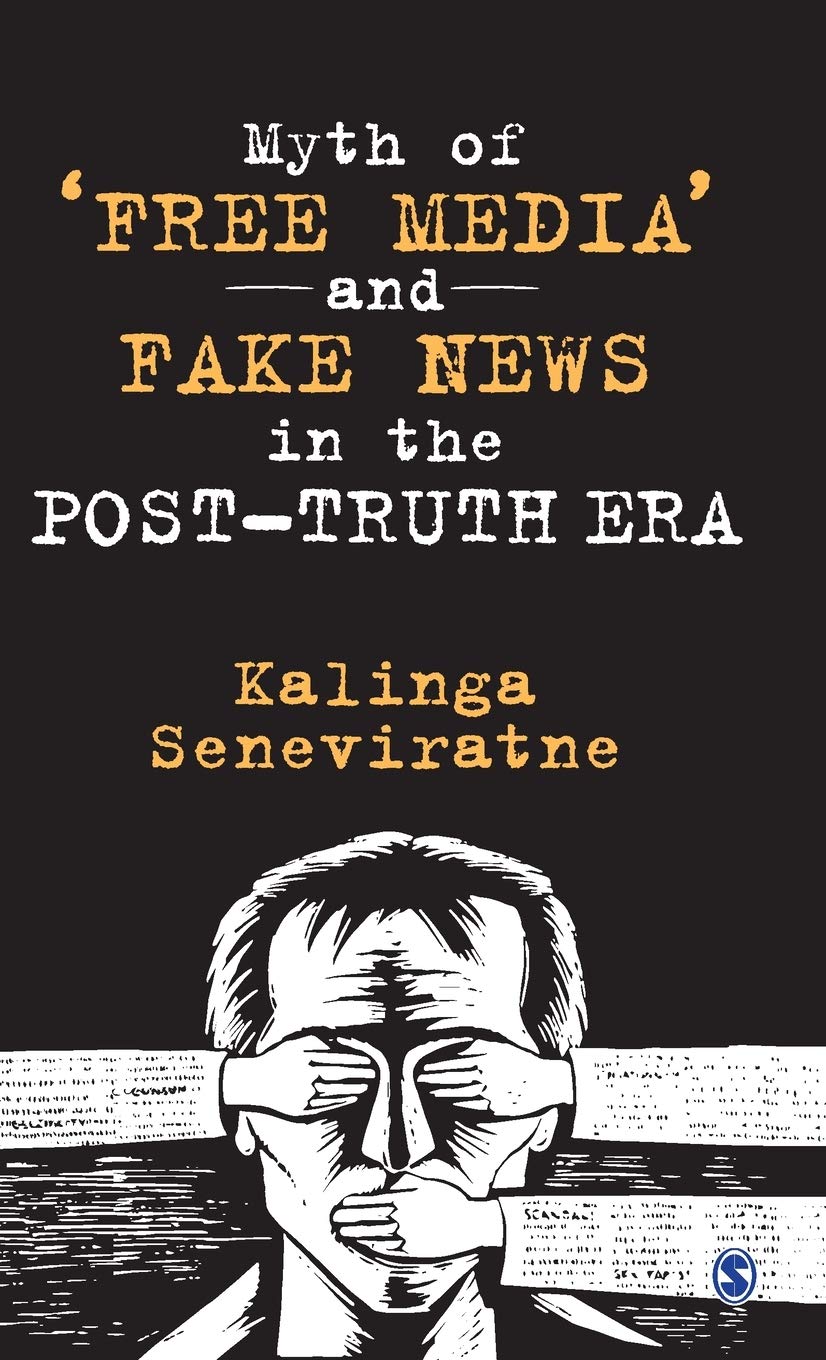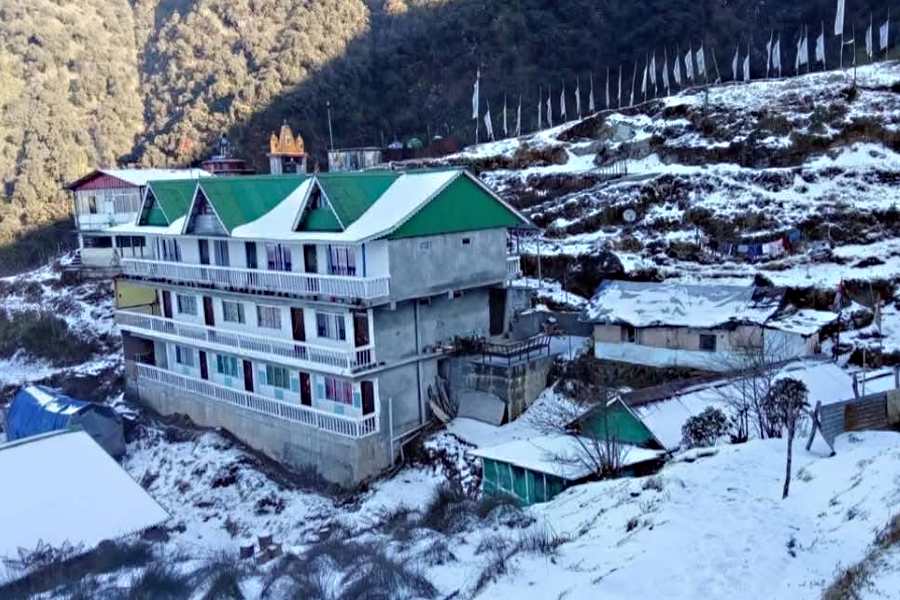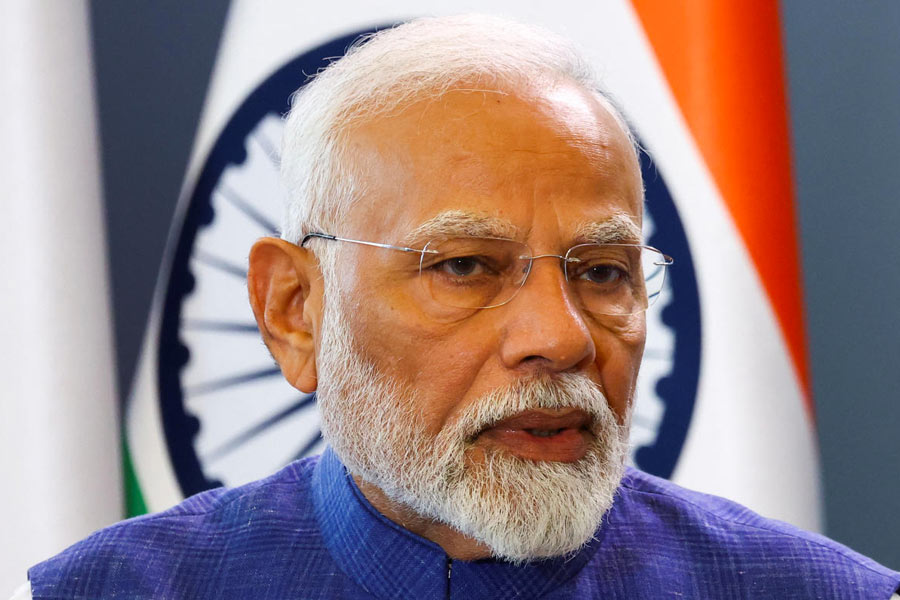The expression, “post-truth”, as future historians of the human species will perhaps discover in the gloom of fading data clouds or other delirious remains of the hive mind, was coined in around 1992 in the northern hemisphere. It received wide currency in the new millennium after Donald Trump’s ‘factual’ tirades against ‘fake news’ during the November 2016 US electoral campaigns and after the Brexit vote in the UK, making it the essential ingredient of conspiracy theories — also as a way of highlighting the ‘social distrust’ of the truth-value of traditional news. This book explores the scope and the extent of this distrust by offering case studies of ‘fake news’ in the televised reporting of wars, natural and human-induced disasters, and global inequities.
A Sinhalese journalist-turned-academic researching international communication at Singapore, Kalinga Seneviratne explains that the distrust goes back in time much earlier than the Trump-Brexit era and long before Pope Francis formally declared the spreading of ‘fake news’ to be a serious sin. His greater concern is to understand the distrust in traditional news sources by investigating the “post-truth” mind-set, which has proliferated across diverse (mostly electronic) media ecologies of the global North and South.
In general, he concurs with critics of the Northern media like Robert McChesney or Edward Herman who insist that there was no pristine, mythic ‘age of truth’ for the “free media” in the first place. Unlike these critics, who see a continuation and escalation of twentieth-century analogue modes of disinformation and propaganda in the electronically-transmitted hysteria of today, Seneviratne fixes the origins of twenty-first century ‘fake news’ in the reporting of the 2003 Iraq War, when dubious information about Iraq’s “Weapons of Mass Destruction”, widely publicized in the Northern media, became an effective justification for the invasion. A significant portion of this book focuses on the highly subjective reporting of that invasion, alongside analyses of the reporting of the civil war in Sri Lanka during 2009 and, later, “humanitarian” military interventions in Iraq, Libya, and Syria.

Myth of ‘Free Media’ and Fake News in the Post-Truth Era by Kalinga Seneviratne, Sage, Rs 1,150 Amazon
Subjectivity had always played an important role in the agenda-setting of news, but after these wars, Seneviratne argues, it underwent a major shift — the Northern “libertarian” media found the easy way in identifying “monsters” while choosing to ignore the devastating socio-economic impacts of these wars. The ‘fake news’ phenomenon was the logical fall-out of this new journalistic subjectivity nurtured on war in the global South — once the enormous death counts, violent deaths and disappearances had failed to trigger emotions or ‘social interest’, what remained was the belief that all reports derived credence from prejudicial and oppositional frames of reference, flexible to institutional needs and statist reason, which prompted the reporting mind to find or negate evidence in support of reality or deny it altogether. And after the long wars ended, and began again elsewhere, the belief seeped out of the insulated Northern television studios and newsrooms; it made the idea of ‘social interest’ in news become ever more nebulous, almost incomprehensible.
As a corollary to his critique of the Northern media, Seneviratne offers an outsider’s view of the Indian media landscape. He chooses to ignore the comparative sanity of Indian newspapers and periodicals and, somewhat curiously, shows little interest in the accelerated outreach of ‘fake news’ hysteria in India through “social media” communication networks. Rather, by focusing on the massive outpouring of “news as panel discussion” across Indian television channels, he identifies that — the assault on thought and intelligence notwithstanding — the phenomenon had triggered a decisive tilt in favour of the “post-truth” mind-set. Gradually, his book builds on the reader’s awareness that the rejection of the traditional “watchdog” function and the “attack dog” role-playing by sections of the Indian television media is not as ingenious as it appears — except for the greater crudity and aggression put up for display. Televised aggression, belligerence, histrionics and outrage, the sniffing out of ‘true’ villains, are petty acts of individual affect, without doubt, but these behaviours have Pavlovian undertones — the strategy of prioritizing panels-as-news has been learned through crude, persistent attempts of imitating Northern television.
In brief, if someone is interested in sifting through some ‘dead news’ about what went wrong with the global television media scene immediately before the outbreak of the Covid-19 pandemic, this book offers some uncomfortable facts to think about. It leaves out the technological side to “post-truth” though. In 2016, the Oxford dictionary made “post-truth” its word of the year, upsetting all the earlier innocent excitement about a technologically redefined future era of cultural communication — the word for the previous year, now forgotten, was the “Face with Tears of Joy” emoji. Four years later, “post-truth” acquires newer dimensions as destitute migrants trudged across the Indian subcontinent, joyous clocks in most television news-studios keep striking at thirteen, and instantaneous information appears on hand-held electronic devices with greater gusto, confirming reality according to prejudices.











